The Mysteries of Moxa Revealed!As many of you know, I had the amazing opportunity to travel to Osaka, Japan for a study abroad trip with Kiiko Matsumoto, one of the acupuncture masters I follow and study under. This opportunity to experience first hand several aspects of Japanese history, culture and sensibility has helped me gain a better understanding of the influencences that shaped many of the techniques I use today. In this blog post, I’d like to take a moment to share some of my experiences with you. One major highlight of my trip to Japan was the opportunity to learn more about how Moxa is made. Moxa is a term used to describe both an herbal preparation and a technique used in traditional East Asian medicine. Moxibustion is among one of the Five Pillars of Heath, a concept from the chinese medicine bible known as The Inner Classics of the Yellow Emperor, which describes practices for maintaining good health. Moxa, or moxibustion is described as a warming technique from the north, where cold is the cause of most disease and illness. Moxibustion involves burning an herbal preparation either directly or indirectly over acupuncture points or over areas of the body. Moxa the herb, is made from the mugwort plant. The very best moxa is known as Gold Moxa because of its golden hue. This moxa comes from the mountains of Japan, where the local variety of Mugwort grows longer “hairs” on the underside of the leaf than the Chinese variety. It is this part of the plant that is the key ingredient in moxa. On this tour, I had the opportunity to visit two different moxa companies. Our first site visit was to the Yamasho Moxa Factory in Shiga Prefecture. Here I had the chance to see each step taken in their process of turning mugwort into moxa. The Yamasho Factory is quite large and does all of their preparation in house, giving us a chance to see the whole process from start to finish. First the harvested organic mugwort is brought to the factory, where it is placed into large mesh bags to dry, like the one pictured above. Once the mugwort is dried out in the mesh bags, it is then placed into a series of three stone grinders. The mugwort goes into the opening on top of the grinder, where it falls into a space between two large stone wheels. The wheels spin grinding the mugwort down into a mulch like consistency. The ground mugwort falls out of the seam between the two stones and falls into the cylindrical bin, ready to be put into the next stone grinder. Each stone grinder grinds the mugwort into smaller and smaller particles until you end up with something rather fine and fluffy. In the pictures above, you can see what the mugwort looks like after each stage of grinding. The third picture is the finest grind of mugwort. Once the grinding process is complete, the ground mugwort is then placed into large trays for another round of drying. The large trays of ground mugwort are placed in drying rooms like the one pictured above. After the ground mugwort is dried once again, it placed into large spinning machines. These machines spin the mugwort around and around in a cylinder with small slits that act as a filter. The heavier, unusable portion of the mugwort falls through the slits into the compartment below, while golden threads are retained in the upper compartment. About 97 percent of the mugwort is eliminated through this process to produce Gold Moxa. Lesser quality moxa is simply spun less and retains more plant fiber, which makes it less pure and therefore less expensive. Our tour group, representing providers from Japan, the US, London, Israel, and Cuba. Thank you Yamasho for teaching us about how you make Moxa! Next stop is to Kobayashi Moxa factory. Kobayashi is a family run business that has been producing moxa for seven generations. Tucked away in rural Shiga, the trip to the Kobayashi warehouse is incredibly scenic. The warehouse we visited mostly stores moxa just before purchase. Their production facility and storage facility have been separated since a fire destroyed their factory some time ago. Given the nature of moxa, fire is a real danger for moxa factories. One specialty of the Kobayashi's is production of customized batches of moxa as specified by local healers. The Kobayashi warehouse is located next to the family's home. They were so gracious, inviting us into their home, serving us tea and clementines as we ordered moxa and related supplies. The visit with the Kobayashi's certainly provided a sense of the heart and soul behind the production of Moxa. Nestled in the mountain forests of Shiga, one gets a different perspective on this incredibly powerful tool from nature. Moxa is an integral part of traditional East Asian medicine, especially in Japanese traditions of acupuncture.
I am using Moxa I brought back from Yamasho and Kobayashi moxa factories in the clinic currently. I hope learning about where this Moxa comes from and the work it takes to produce it deepens your appreciation of and receptivity to this herb. It certainly did for me! A special thank you to Toru for organizing this tour and to Grace and Kiiko for organizing this study abroad opportunity!!!
1 Comment
|
On PointBlog & newsletter for Manhattan Sports Acupuncture and Edd Lee LAc LMT MSOM. Striving to be a source of information on health, fitness and medicine. Check out the FB feed below or like our page @ManhattanSportsAcupuncture
Categories
All
Archives
June 2024
|
Clinic office Map |
|
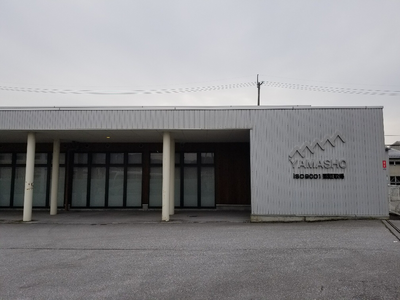
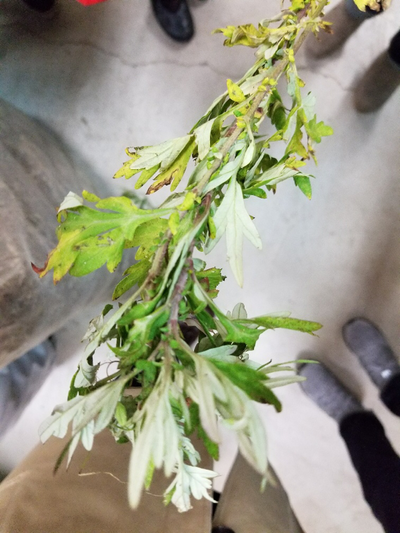
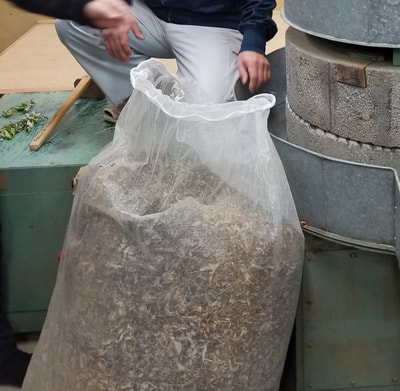
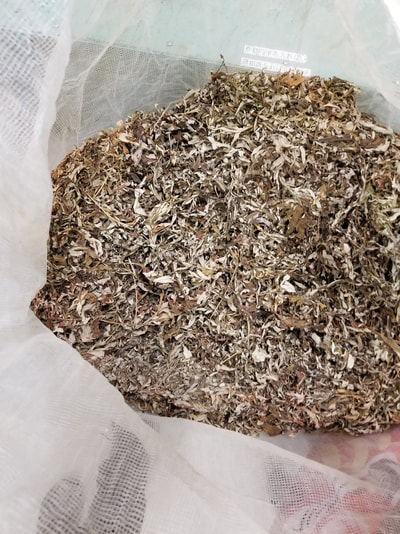
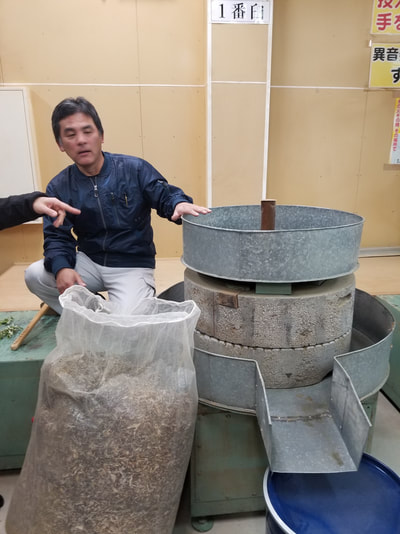
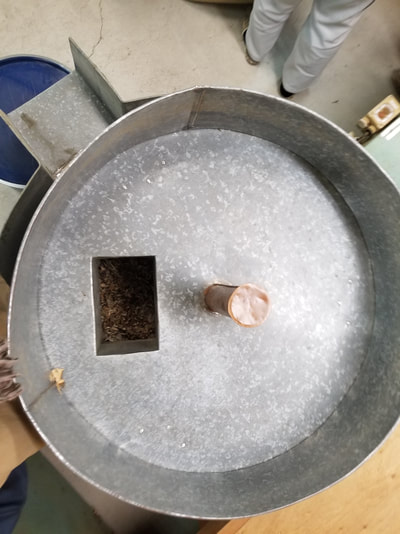
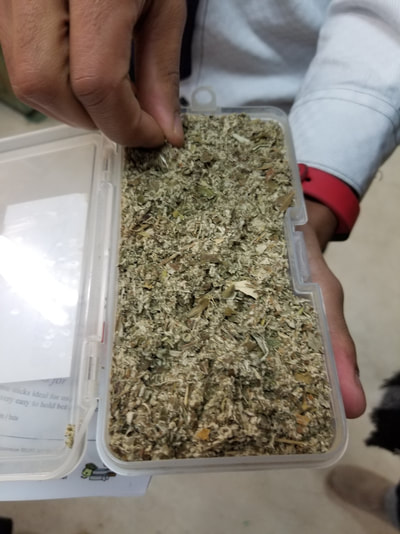
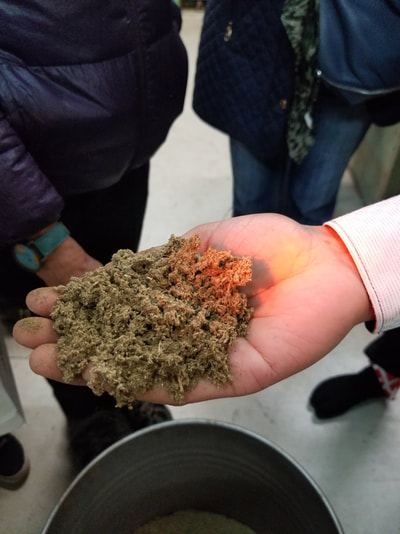
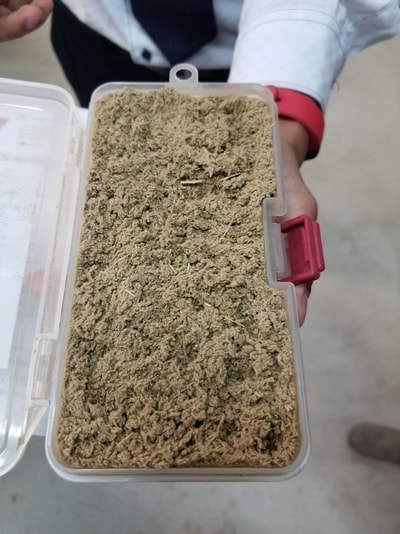
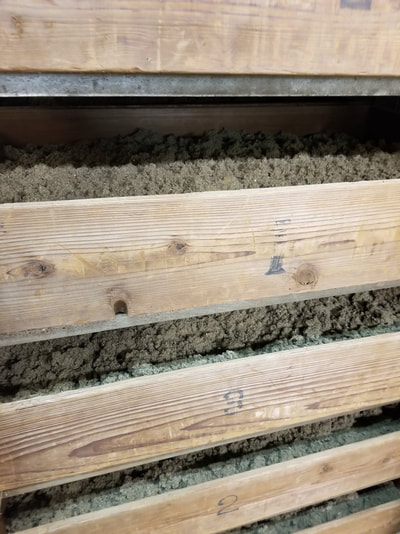
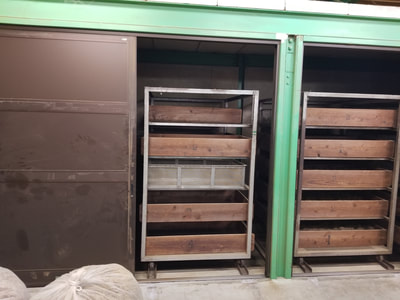
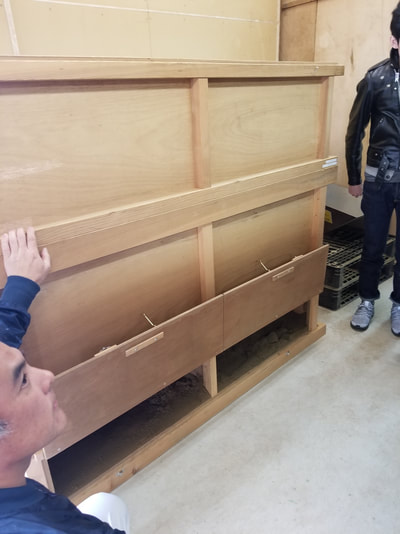
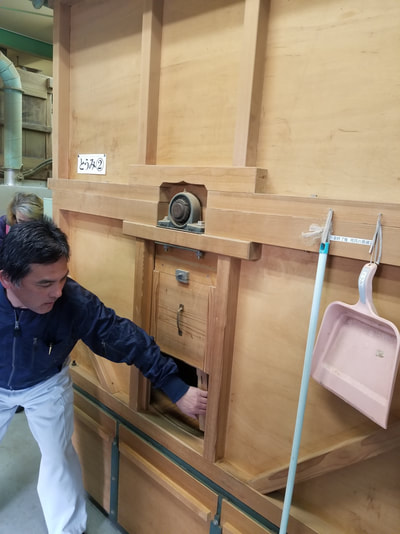
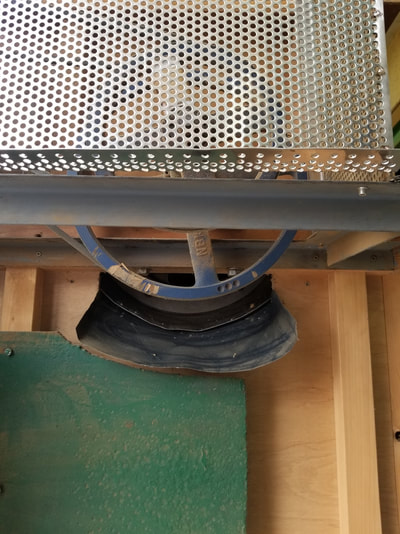
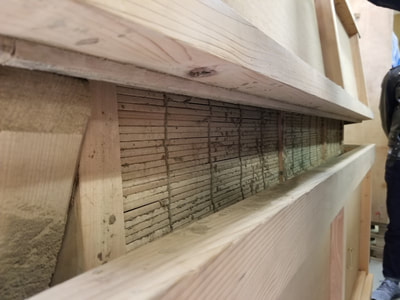
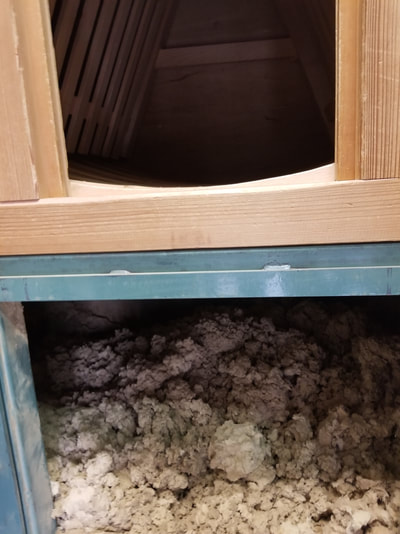
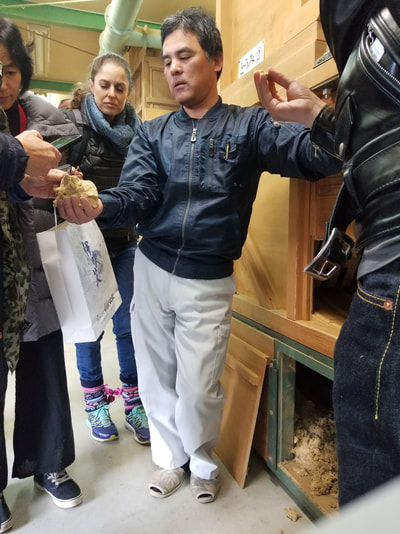
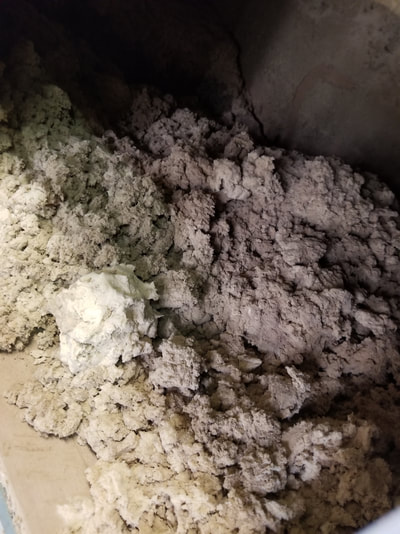
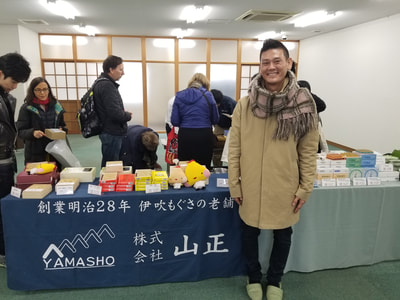
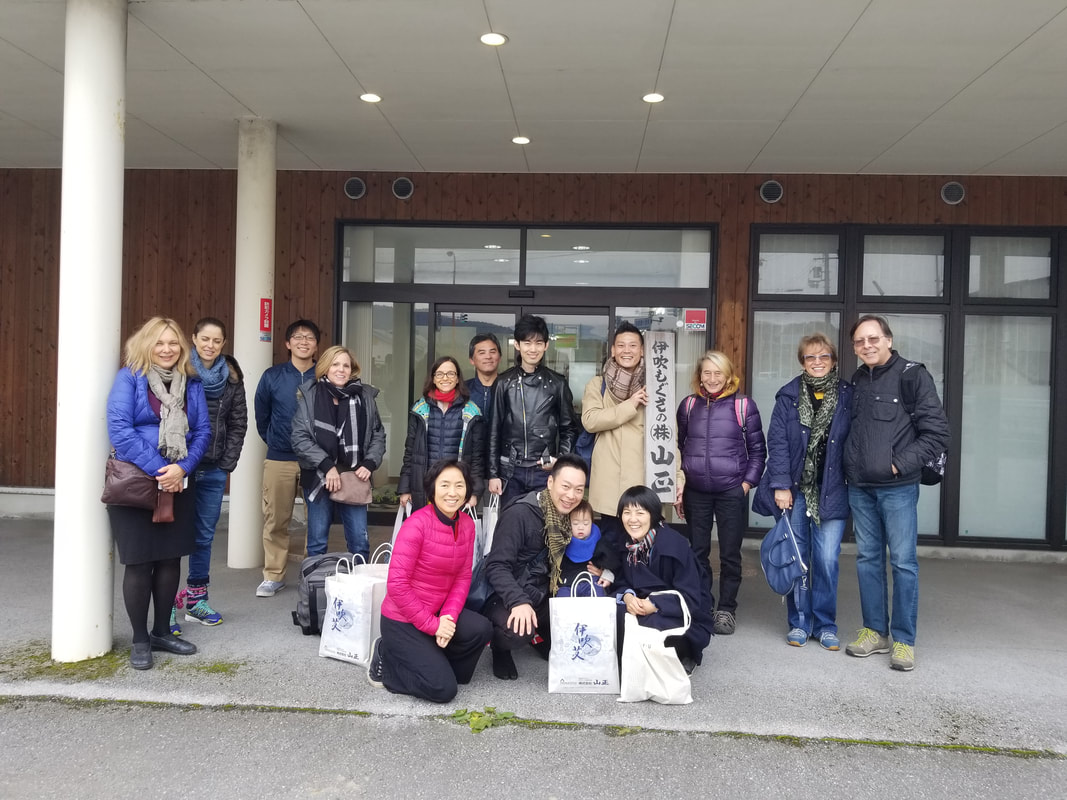
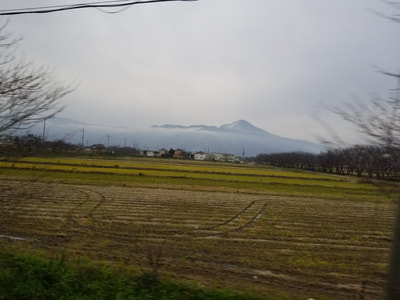
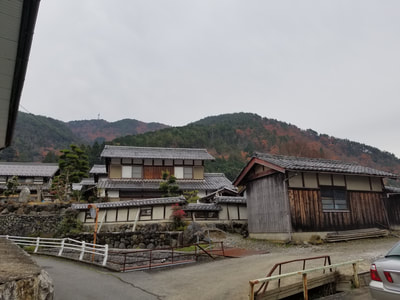
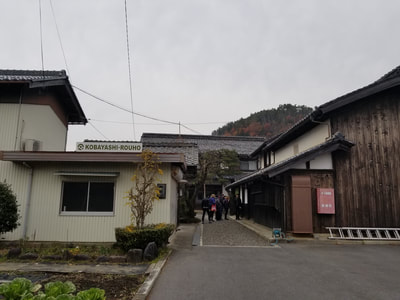

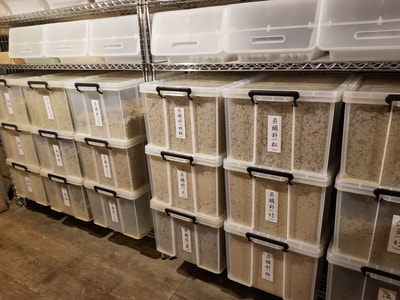

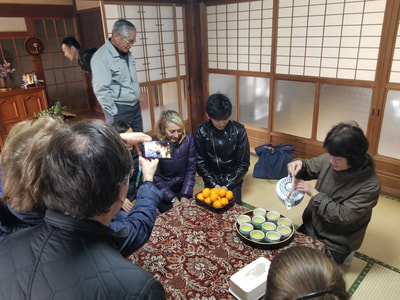
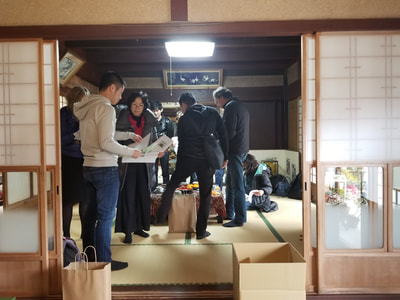
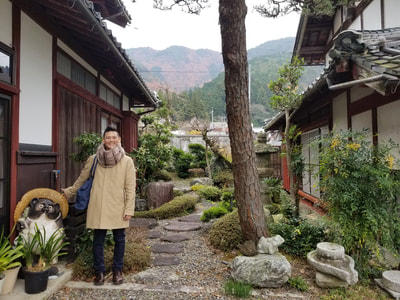
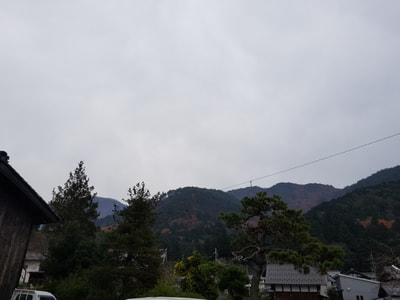
 RSS Feed
RSS Feed